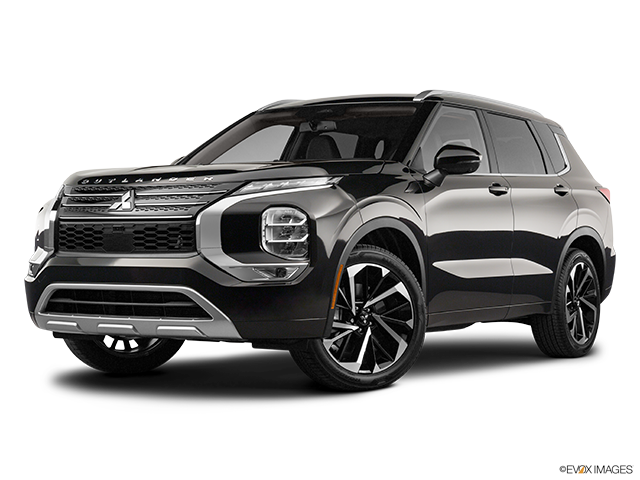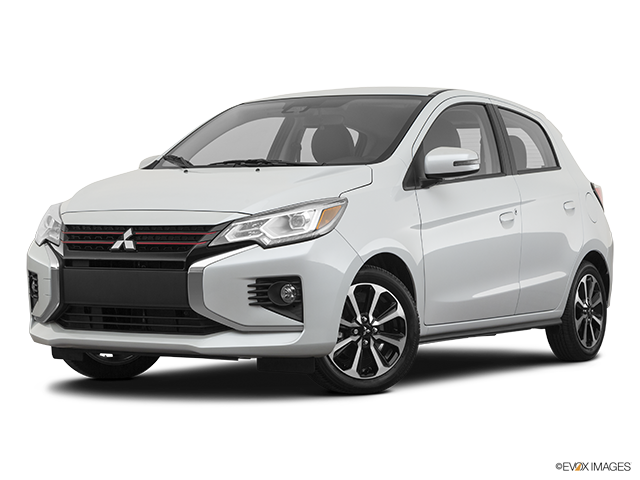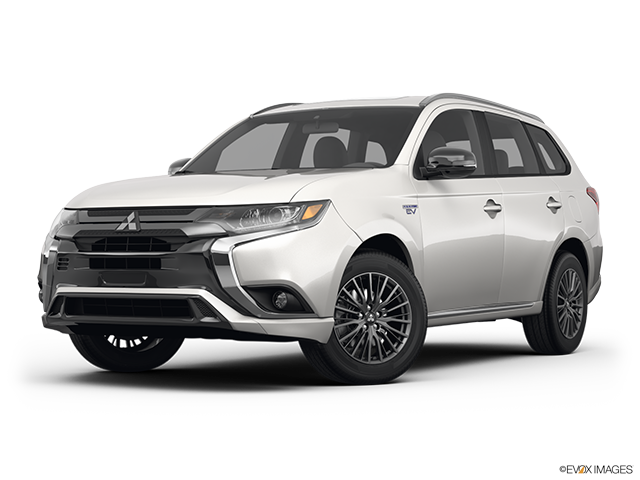Mitsubishi calls its systems All-Wheel Control. Are they any different from other AWD drivetrains?

Article content
The Mitsubishi brand, once upon a time, was synonymous with the ultimate in all-wheel drive performance. Back when Tommi Mäkinen won the World Rally Championship for Mitsubishi four years in a row at the end of the 1990s, the Lancer Evolution and its rally-spec four-wheel-drive system appeared unbeatable.
Advertisement 2
Article content
But you’re probably not here to read about rally racing. Today, Mitsubishi’s all-wheel drive (AWD) drivetrains are found exclusively in its SUVs, which make up the majority of its line-up. And the brand claims to this day that its top-tier AWD system, which it calls Super All-Wheel Control (S-AWC), is the most advanced system of its kind in the world.
Is that still true? And does today’s S-AWC system have anything in common with those dominant systems from the ‘90s? Let’s find out.
All-Wheel Control (AWC)
Before we get into the nitty-gritty of the S-AWC system, let’s take a quick look at Mitsubishi’s base AWD system, which is called All-Wheel Control (excluding the word Super). It’s exclusive to the Mitsubishi RVR, where it’s available as optional equipment.
Article content
Advertisement 3
Article content
This system is the simpler of the two. Torque can be sent to the front axle or to both axles, but there’s no side-to-side control as with more advanced systems. The driver can manually toggle between front-wheel drive (FWD) and AWD. Mitsubishi refers to the non-super All-Wheel Control as four-wheel drive (4WD) in its terminology, but this system’s functionality is closer to what’s conventionally considered AWD. Driving.ca’s Jil McIntosh gets into the differences between the two types in detail here.
On the RVR, this system enables three settings:
- 2WD forces the vehicle to operate entirely in FWD. This is ideal for city and highway driving in good conditions as it maximizes fuel efficiency.
- 4WD Lock forces the drivetrain into full-time AWD. The default torque split is 60 per cent to the rear and 40 per cent to the front, while the rear can receive up to 70 per cent on demand when there’s a loss of traction.
- 4WD Auto lets the vehicle decide when to operate in FWD for efficiency and when to engage AWD. When AWD is required, it defaults to sending 60 per cent to the front wheels and 40 per cent to the rear, while the system may send up to 80 per cent of torque to the front wheels under acceleration to help it get up to speed.
Advertisement 4
Article content

Super All-Wheel Control (S-AWC)
Now we’re on to the headliner: S-AWC is Mitsubishi’s premier AWD system. As of 2023, it’s standard on the Eclipse Cross, Outlander, and Outlander PHEV.
S-AWC offers full-time AWD. It integrates not only front-to-rear torque distribution like the base system does but also manages torque distribution left-to-right across each axle. Mitsubishi cites two components that are involved in this:
Active stability control
Mitsubishi describes this as a system that stabilizes vehicle behaviour while maintaining optimal traction by regulating engine power and overall braking force. All vehicles sold in Canada since 2012 are required to be equipped with stability control.
Active yaw control
Advertisement 5
Article content
This is where Mitsubishi’s rally history comes in: during that same era when Tommi Mäkinen was winning WRC championships, the Lancer Evo IV and its related competition car were among the first cars in the world to employ an active yaw control system. (To visualize yaw, picture sticking a pole right down the centre of a car that’s sitting flat on a road, and then picture how that car would spin around that pole.) Today’s version of the system uses real-time sensor data that analyzes steering wheel angle, yaw rate, torque, braking pressure, and wheel speed, and it applies an individual wheel’s brakes on demand to manage wheel speed and maximize traction, improving steering control and handling. Put more simply, this is a brake-based torque vectoring system. This type of system is not as exclusive today as it was in Mäkinen’s day. Now, it’s common to find it employed on a single axle in AWD vehicles, though it’s less frequently seen applied on both axles as is the case on Mitsubishi vehicles.
Advertisement 6
Article content

As previously noted, in Canada, S-AWC is standard on the Eclipse Cross, Outlander, and Outlander PHEV.
In the Eclipse Cross, it equips three drive modes:
- Normal, the default mode, which attempts to balance optimizing fuel efficiency with providing appropriate traction and drive dynamics across a variety of road conditions and scenarios.
- Snow, which prioritizes traction and stability on snow-covered or slippery roads.
- Gravel, which prioritizes traction on unpaved roads, or “whenever you might find yourself stuck in a rough patch of off-road terrain,” according to Mitsubishi.
In the Outlander, three additional drive modes are added:
- Eco, which puts more emphasis on fuel-saving.
- Tarmac, which increases cornering performance on winding roads in dry conditions. Think of this as the equivalent of Sport mode.
- Mud, which provides additional traction in mud or deep snow, especially from a stop.
Opt for the Outlander PHEV, and you get one more drive mode:
- Power, which maximizes straight-line acceleration performance for situations such as passing on the highway.
Is S-AWC still the most advanced AWD system in the world?
In terms of outright innovation, many automakers have caught up with the types of technologies they use in their AWD systems. However, Mitsubishi does have its own precise manner of integrating these technologies. It’s a bold claim that’s difficult to quantify, to be sure, but it remains plausible nonetheless.
Stay connected with us on social media platform for instant update click here to join our Twitter, & Facebook
We are now on Telegram. Click here to join our channel (@TechiUpdate) and stay updated with the latest Technology headlines.
For all the latest Automobiles News Click Here







Comments
Postmedia is committed to maintaining a lively but civil forum for discussion and encourage all readers to share their views on our articles. Comments may take up to an hour for moderation before appearing on the site. We ask you to keep your comments relevant and respectful. We have enabled email notifications—you will now receive an email if you receive a reply to your comment, there is an update to a comment thread you follow or if a user you follow comments. Visit our Community Guidelines for more information and details on how to adjust your email settings.
Join the Conversation